Business Association Launches Campaign Urging Candidates to "Fix Connecticut"
/Connecticut’s largest business association is launching a statewide advertising blitz to exert its voice in the political debate in the aftermath of the state’s primaries as the focus turns to the November elections. CBIA will on focus on raising public awareness of what it describes as the critical issues and challenges impacting the state's economic future and job growth.
The campaign, called “Fix Connecticut” will include digital, broadcast, and print advertising and will run into the 2019 General Assembly session and beyond, officials said. It includes a website, fixconnecticut.com, and a video that acknowledges some progress made since the 2016 election, noting that "our state's economy is better than it was," but stresses that "we have a long way to go."
“High taxes, job growth, and a sluggish economy are the top concerns for Connecticut residents and must be priorities for lawmakers and candidates for elected office," CBIA president and CEO Joe Brennan said, echoing the video's urging "we need lawmakers that have a plan" to make the state more affordable, cut state spending and "help us compete with other states in the region."
The advertising campaign may also serve as a precursor to anticipated endorsements of candidates by CBIA in statewide and local legislative races. In 2016, CBIA endorsed candidates in 22 of 36 State Senate races, urging the election of 4 Democrats and 18 Republicans. There were also endorsements made in 85 of 151 House districts, including 23 Democrat and 62 Republican candidates. Those endorsements came in mid-September two years ago.
“Lawmakers and candidates must understand what really matters to Connecticut and we want residents to understand how critical these issues are to the state's economic future,” Brennan added. “We want to make sure those issues are front and center during what we believe is a make-or-break time for Connecticut.
 The Fix Connecticut campaign centers on a five-point plan that outlines key policy steps designed to remove barriers to economic growth and leverage the state's many strengths, according to CBIA:
The Fix Connecticut campaign centers on a five-point plan that outlines key policy steps designed to remove barriers to economic growth and leverage the state's many strengths, according to CBIA:
- Prioritize Economic and Job Growth. Help businesses compete for talent, expand private-public workforce development initiatives, and continue strengthening high school and college programs to meet the needs of our 21st century economy. The best way to solve the state's fiscal problems is to grow the economy.
- Cut State Spending. Reduce the size and cost of government, privatize appropriate state services, expand the use of non-profit agencies, and put the brakes on spiraling overtime costs.
- Make Connecticut More Affordable. That starts with lowering taxes. Connecticut's personal income, business, and property tax burden is one of the highest in the country—a key factor behind the state's population decline, including the loss of billions of dollars in income.
- Reform the State Employment Retirement System. Align state employee compensation and benefits with Northeast states' public sectors and the private sector and end the use of overtime in calculating pensions.
- Improve Connecticut's Business Climate. Reject costly, burdensome workplace mandates, cut unnecessary red tape, block new taxes and fees that drive up healthcare costs, reform the state's unemployment compensation system, and overhaul transportation infrastructure.
"State lawmakers' actions have a far greater impact on our daily lives, our workplaces, and our economy than decisions that are made at the federal level. With so much attention on national politics, we cannot lose sight of the critical issues impacting Connecticut,” Brennan pointed out, noting that the campaign will complement CBIA's advocacy efforts during the next legislative session, which begins in January.
https://youtu.be/1UTTqLaVpUI





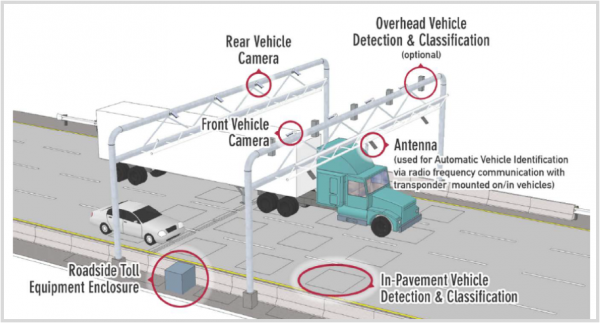
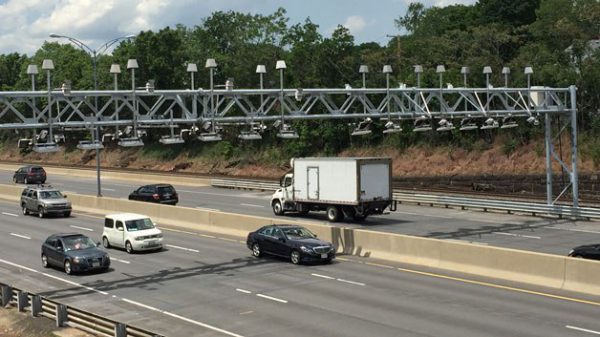 The Indianapolis Star reported earlier this summer that the state signed a $9.6 million contract with HNTB Indiana Inc. to study the impact of tolling and provide project planning if the state chooses to move forward with tolling. The administration of Gov. Eric Holcomb is required to study tolling under a road-funding plan lawmakers passed in 2017, but a decision has not been made on whether the state will go forward with authorizing a tolling plan, according to published reports.
The Indianapolis Star reported earlier this summer that the state signed a $9.6 million contract with HNTB Indiana Inc. to study the impact of tolling and provide project planning if the state chooses to move forward with tolling. The administration of Gov. Eric Holcomb is required to study tolling under a road-funding plan lawmakers passed in 2017, but a decision has not been made on whether the state will go forward with authorizing a tolling plan, according to published reports.


 According to the Nature Conservancy, Bridgeport currently has a 19% tree canopy cover, for example. If all open spaces, vacant lots and parking lots could be planted, the city would have a 62% tree canopy cover. The ramifications would be substantial, impacting various health and quality of life factors.
According to the Nature Conservancy, Bridgeport currently has a 19% tree canopy cover, for example. If all open spaces, vacant lots and parking lots could be planted, the city would have a 62% tree canopy cover. The ramifications would be substantial, impacting various health and quality of life factors.


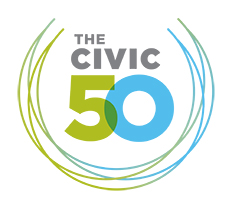 The survey analysis is administered for the Points of Light Foundation by True Impact, a company specializing in helping organizations maximize and measure their social and business value, and analyzed by VeraWorks. The survey instrument consists of quantitative and multiple-choice questions that inform the Civic 50 scoring process. It is the only survey and ranking system that exclusively measures corporate involvement in communities.
The survey analysis is administered for the Points of Light Foundation by True Impact, a company specializing in helping organizations maximize and measure their social and business value, and analyzed by VeraWorks. The survey instrument consists of quantitative and multiple-choice questions that inform the Civic 50 scoring process. It is the only survey and ranking system that exclusively measures corporate involvement in communities.
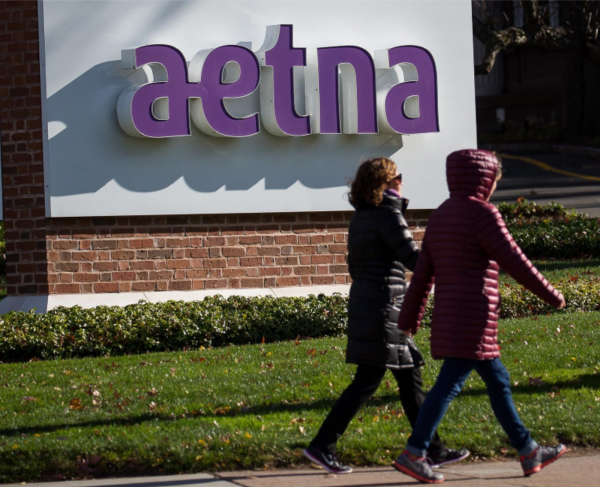 In its Corporate Social Responsibility
In its Corporate Social Responsibility  prise 31 percent of Aetna’s employees, which was a key driver of our new program to provide up to $10,000 to qualified recent college graduates to help them repay education loans.”
prise 31 percent of Aetna’s employees, which was a key driver of our new program to provide up to $10,000 to qualified recent college graduates to help them repay education loans.”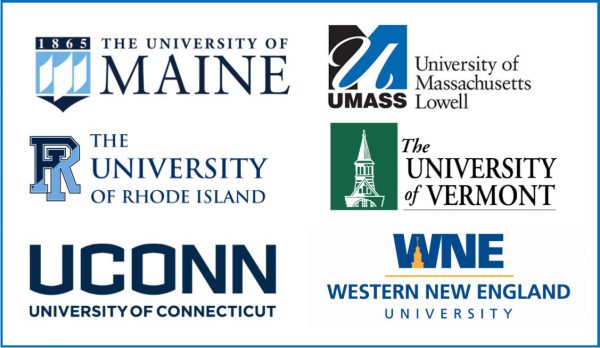
 The U.S. DOT invests in the future of transportation through its University Transportation Centers (UTC) Program, which awards and administers grants to consortia of colleges and universities across the United States. In the Northeast, other consortia with the same policy focus include a 9-institution UTC led by Rutgers, the State University of New Jersey and a 6-institution group led by Pennsylvania State University.
The U.S. DOT invests in the future of transportation through its University Transportation Centers (UTC) Program, which awards and administers grants to consortia of colleges and universities across the United States. In the Northeast, other consortia with the same policy focus include a 9-institution UTC led by Rutgers, the State University of New Jersey and a 6-institution group led by Pennsylvania State University.

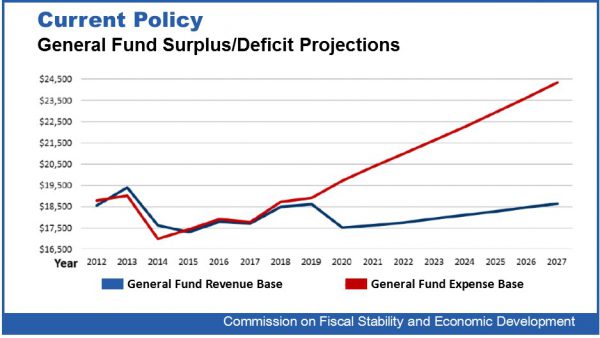 Smith and Robert Patricelli, former CEO & Founder of Women's Health USA, who co-chaired the panel, were featured along with Commission member Cindi Bigelow, CEO of Bigelow Tea, at an event coordinated by the Hartford Business Journal last week. It was one of nearly 100 forums, discussions and one-on-one meetings that the co-chairs and other commission members have had since their findings and recommendations were issued.
Smith and Robert Patricelli, former CEO & Founder of Women's Health USA, who co-chaired the panel, were featured along with Commission member Cindi Bigelow, CEO of Bigelow Tea, at an event coordinated by the Hartford Business Journal last week. It was one of nearly 100 forums, discussions and one-on-one meetings that the co-chairs and other commission members have had since their findings and recommendations were issued.
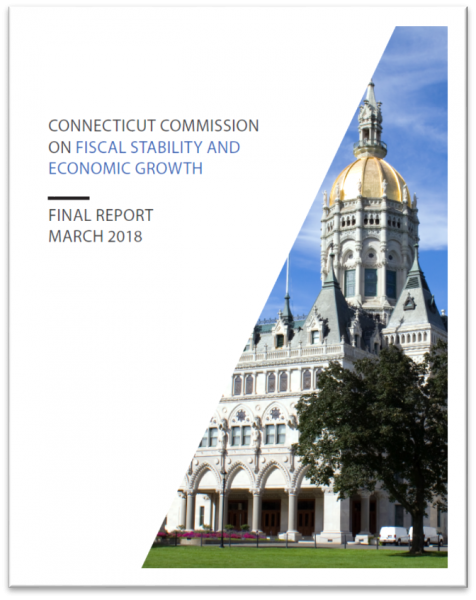 The co-chairs say it is understandable that more was not done with the Commission’s recommendations during the short 2018 legislative session, largely because an election was just around the corner. Instead, the legislature opted to have the Office of Policy and Management (OPM) coordinate two studies, soon to get underway. One would look at the Commission’s recommendations that involve “rebalancing of state taxes to better stimulate economic growth without raising net new taxes”; the other would conduct a study of the proposal for reform of the Teachers' Retirement System.
The co-chairs say it is understandable that more was not done with the Commission’s recommendations during the short 2018 legislative session, largely because an election was just around the corner. Instead, the legislature opted to have the Office of Policy and Management (OPM) coordinate two studies, soon to get underway. One would look at the Commission’s recommendations that involve “rebalancing of state taxes to better stimulate economic growth without raising net new taxes”; the other would conduct a study of the proposal for reform of the Teachers' Retirement System.
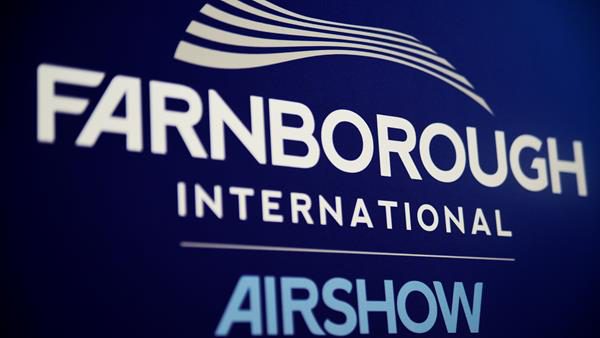
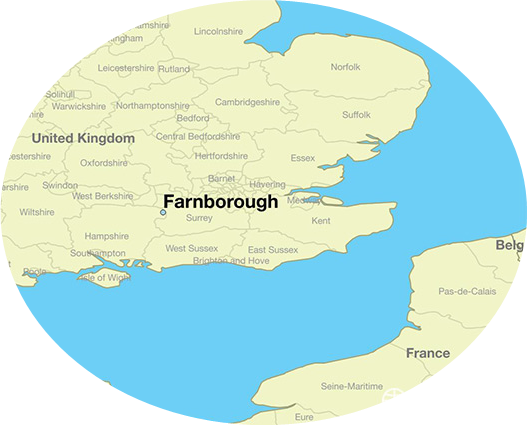 Satisfied Connecticut companies in 2016 include Windsor-based
Satisfied Connecticut companies in 2016 include Windsor-based 


























